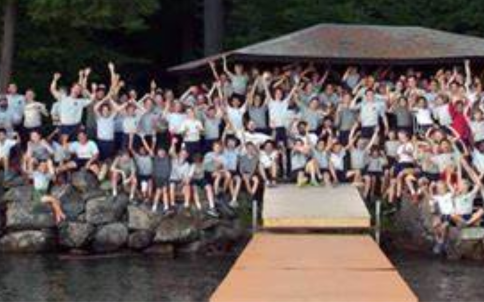D. Chandra Bhaskar Rao
Some of the largely forested pockets close to Nepal border, especially in Dudhwa-Katarniya area of Uttar Pradesh are today dotted with tiny learning hubs that have become the cynosure of all eyes. Funded and managed by the Forest Department to win the hearts of the tribal communities, they are aptly named after the leading jungle kid character “Mowgli” of Rudyard Kipling’s -The Jungle Book.

The Mowgli schools have a steady stream of visitors of policymakers and educationists today because of their increasing popularity. They have become a ‘must visit’ destination for people scouting for wonderful views the nature provides in the sylvan solitude. The Mowgli schools, situated in the Motipur and Barda areas of the forest reserve have over 400 wards on the rolls and they are all in the age group of five to ten and drawn mainly from the marginalized forest dweller groups.
They were all engaged hitherto in the collection of firewood and minor forest produce, the sale of which would add a little to the family earnings. These children wandering in the wild have been the most vulnerable section targeted by wild beasts adding to the human- animal conflict. Provided with colourful note books and play material, children are being lured increasingly to the Mowgli schools.
Some of them attend evening classes after day long work in aid of their parents. These schools housed in the forest department buildings, have been helping in creating awareness about the local ecosystems and wildlife as well as the basic rights of forest dwellers.
Funded partly from the World Wildlife Fund, Mowgli school concept is being considered to be replicated in few other states of India including Chhattisgarh. Way back in the 90s, it was successfully experimented in Andhra Pradesh as part of special initiative taken up by the Integrated Tribal Development Agency (ITDA) under the stewardships of IAS officers including A Vidyasagar, G Ashok Kumar and Praveen Prakash, who started their careers as project officers (PO) tasked with tribal development.

They tried building special schools in the forest villages and relocated in the plains a few tribal habitations that were rendered inaccessible by forest streams and ravines. They started night schools by providing solar lamps in hilltops habitations located over 400 to 450 ft above the sea level. Tribal life enriched by such experiments in tribal hamlets that dotted Karumanu Konda, a hill on the fringes of the Dandakaranya and soon to be marooned by the backwaters of AP’s Polavaram project that came up on Godavari river, is a classic example of the splendid services extended by such officers.
While A Vidyasagar is retired today, others are now top bureaucrats on key assignments at the Centre and States. Their model of tribal development is of late serving as case studies for budding officers in joining Central Services with a resolve to serve disadvantaged communities.
(D. Chandra Bhasakar Rao is a senior journalist who had worked for Newstime, The Hindu, The Hans India and Telangana Today. He had worked for most of his journlaistic years as a special correspondent in the undivided Khammam district)




